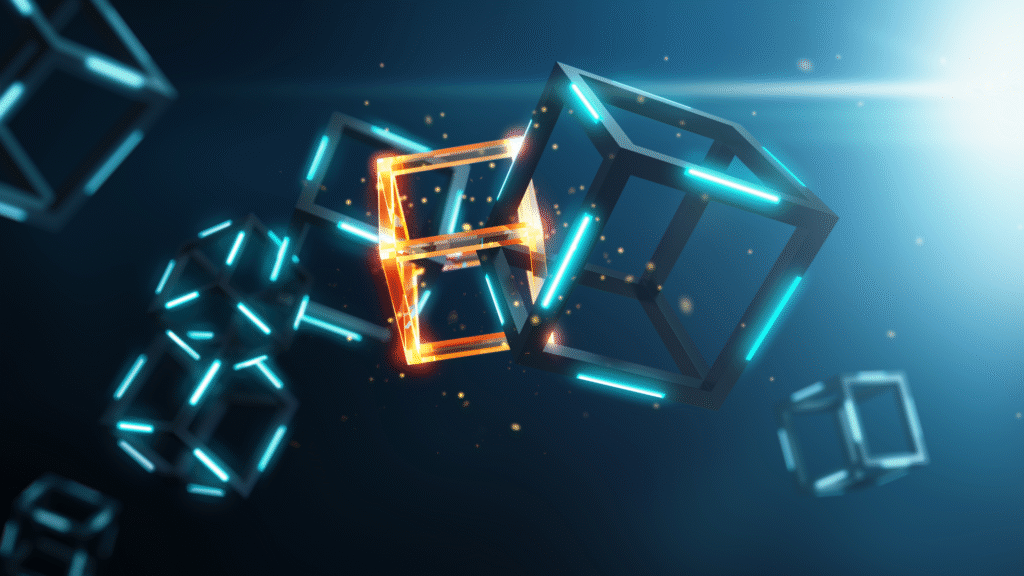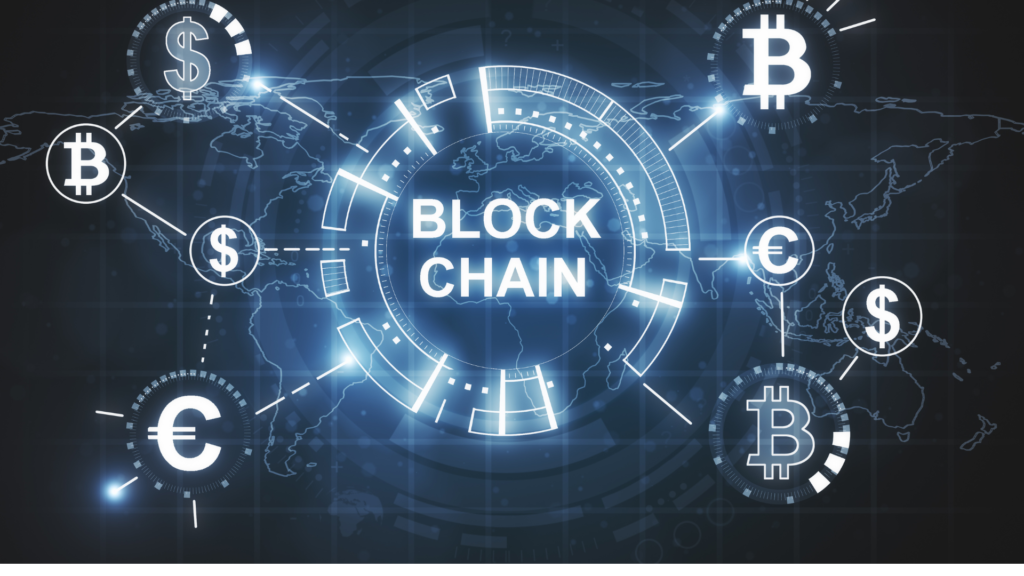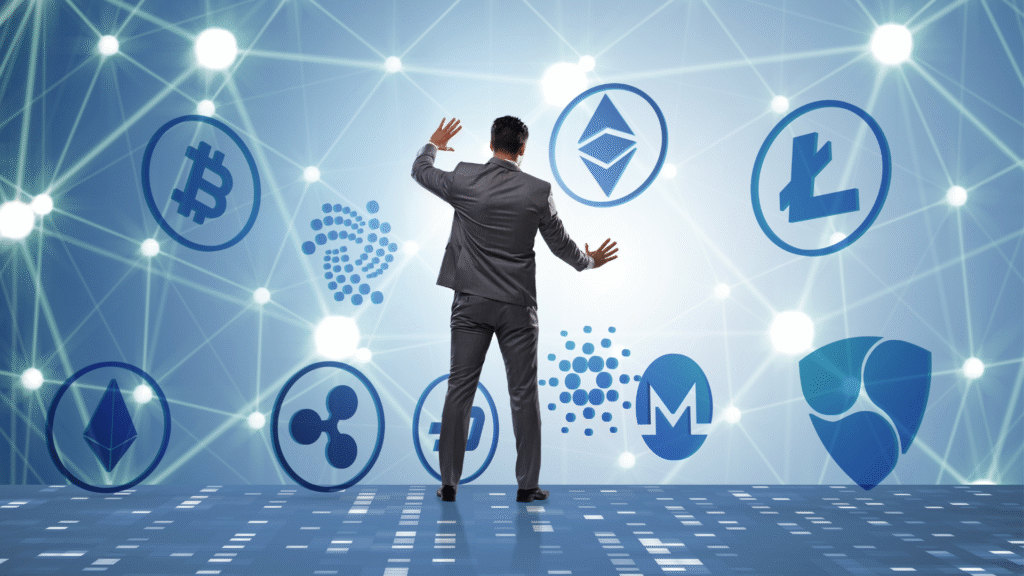The blockchain revolution has transformed the way we think about trust, transparency, and automation. Yet, for all its potential, one of blockchain’s most significant challenges is its isolation from the real world. This is where the role of oracles becomes crucial. Oracles act as bridges that connect blockchains with off-chain data, enabling smart contracts to execute based on real-world information. In decentralized finance (DeFi), this function is indispensable — allowing decentralized applications (dApps) to operate autonomously while remaining accurate, relevant, and secure.
Understanding Oracles and Their Importance
Smart contracts are self-executing agreements coded on the blockchain, triggered when specific conditions are met. However, these contracts can only access data stored on-chain. Since most valuable data — such as price feeds, weather reports, or sports results — exists outside the blockchain, oracles are needed to import this external information securely. Without oracles, smart contracts would be limited to on-chain data, reducing their functionality to theoretical exercises rather than practical applications.
Oracles serve as middleware, fetching, verifying, and transmitting real-world data to smart contracts. Their integration has expanded the possibilities for blockchain applications, particularly in DeFi, where accurate market data and pricing information are essential for financial protocols to function correctly.
Types of Blockchain Oracles
There are several types of oracles, each designed to handle different data sources and use cases. Understanding these categories is vital to grasping the role of oracles in DeFi and other blockchain ecosystems:
- Software Oracles – These interact with online data sources such as APIs, websites, or databases. They provide information like cryptocurrency prices, exchange rates, or flight delays.
- Hardware Oracles – Used for integrating data from the physical world, hardware oracles collect inputs from sensors, RFID chips, or IoT devices. For example, they can trigger a smart contract when a shipment reaches a certain location.
- Inbound and Outbound Oracles – Inbound oracles deliver off-chain data to the blockchain (e.g., bringing weather data for an insurance contract), while outbound oracles send blockchain data to external systems (e.g., signaling a bank payment).
- Consensus-based Oracles – To prevent manipulation or inaccuracy, some systems aggregate data from multiple sources and reach consensus before delivering it to smart contracts. This model is widely used in DeFi price feeds.
Each oracle type plays a distinct function in connecting blockchain to the world outside it, thus broadening blockchain’s utility.
The Role of Oracles in Smart Contracts
Smart contracts rely on deterministic data — inputs that can be verified and trusted. However, when they depend on off-chain data, they need an intermediary to ensure this trust. That’s precisely the role of oracles — they act as reliable data providers, allowing smart contracts to execute with confidence based on real-world inputs.
For instance, in an insurance smart contract, a payout might depend on rainfall data. A weather oracle provides that information, verifying it from trusted meteorological sources. Once the oracle confirms the data, the smart contract automatically executes the payout. This automation eliminates the need for intermediaries, reducing costs and delays while ensuring accuracy.
In DeFi applications, oracles deliver real-time market data such as asset prices, trading volumes, or interest rates. Protocols like Aave, Compound, and MakerDAO depend heavily on oracles for collateral valuation and liquidation triggers. If the oracle feeds incorrect data, it can cause systemic failures — making oracle reliability one of the most critical components in the DeFi ecosystem.
The Role of Oracles in DeFi Ecosystems
DeFi platforms operate without centralized control, meaning all processes — lending, borrowing, trading, and yield farming — must rely on verifiable data. Here, the role of oracles becomes indispensable.
For example, decentralized exchanges (DEXs) like Uniswap or Sushiswap rely on liquidity pool data, but lending protocols like Aave need accurate asset pricing from external markets. Oracles such as Chainlink, Band Protocol, and API3 have become foundational pillars in providing this data.
- Price Feeds – Oracles aggregate data from multiple exchanges to deliver accurate and tamper-resistant price information. This ensures fair collateralization and liquidation processes.
- Lending and Borrowing – Smart contracts automatically adjust interest rates and liquidation thresholds based on data supplied by oracles. This minimizes risks and ensures system stability.
- Derivatives and Synthetic Assets – Platforms like Synthetix depend on oracles to track the real-time value of traditional assets (stocks, commodities, etc.) for issuing synthetic equivalents.
- Insurance Protocols – DeFi insurance systems use oracles to verify claims events such as protocol hacks, asset losses, or liquidity crises before payouts occur.
Without reliable oracle infrastructure, DeFi would collapse under inaccurate data or manipulation attacks. Therefore, ensuring the security and decentralization of oracle networks is paramount.
Challenges and Risks in Oracle Systems
While oracles are essential, they also introduce vulnerabilities — often referred to as the “oracle problem.” This problem arises because oracles represent an external dependency in otherwise trustless blockchain systems.
- Data Manipulation – If an oracle sources data from a single centralized provider, that data can be altered, leading to incorrect smart contract execution.
- Single Point of Failure – Centralized oracles undermine blockchain’s decentralization principle. If one oracle fails or is compromised, entire DeFi protocols may collapse.
- Latency and Reliability – Delayed or inconsistent data can cause mismatches in time-sensitive contracts, particularly in high-frequency trading or automated liquidations.
- Cost and Scalability – Fetching and verifying external data can be expensive and computationally intensive, affecting scalability.
To mitigate these risks, decentralized oracle networks (DONs) aggregate data from multiple independent sources, applying cryptographic proofs and consensus mechanisms. Chainlink, for example, has set the industry standard by using a decentralized network of node operators to ensure accurate and tamper-proof data delivery.
How Oracles Maintain Security and Reliability
To address the oracle problem, modern blockchain networks employ various techniques to secure oracle data:
- Decentralized Data Aggregation – Instead of relying on one source, decentralized oracles pull data from multiple providers, ensuring that no single party can manipulate results.
- Reputation Systems – Nodes that consistently deliver accurate data are rewarded, while dishonest ones are penalized or removed from the network.
- Cryptographic Proofs – Oracles often use cryptographic verification methods such as Trusted Execution Environments (TEE) and zero-knowledge proofs to ensure data integrity.
- On-Chain Validation – Smart contracts can cross-check data from multiple oracle networks to confirm accuracy before executing an action.
These methods strengthen trust in oracle networks, making them essential pillars in DeFi’s growth and sustainability.
Future of Oracles in Blockchain and DeFi
The evolution of blockchain technology is driving rapid innovation in oracle systems. As DeFi expands and blockchain integrates with more real-world use cases, the need for advanced, secure, and interoperable oracles will continue to grow.
In the future, cross-chain interoperability will require oracles capable of facilitating communication between different blockchains. Additionally, AI-powered oracles may emerge to predict trends, optimize decision-making, and enhance data validation. The rise of IoT (Internet of Things) will further expand oracle use cases, enabling real-time automation in logistics, healthcare, and smart cities.
Ultimately, the role of oracles will move beyond just data feeding — becoming an intelligent, predictive, and decentralized bridge that seamlessly connects blockchain systems with global digital infrastructure.
Frequently Asked Questions (FAQs)
1. What is an oracle in blockchain?
A. An oracle is a service that provides external, real-world data to smart contracts on the blockchain. It acts as a bridge between on-chain code and off-chain information, enabling contracts to function based on external events or conditions.
2. Why are oracles important in DeFi?
A. Oracles provide the real-time data DeFi platforms need to operate accurately, such as cryptocurrency prices, interest rates, and liquidity levels. Without oracles, decentralized applications would lack access to the essential data required for decision-making.
3. What are the common risks associated with oracles?
A. The primary risks include data manipulation, centralization, and delayed updates. If an oracle delivers incorrect data, smart contracts may execute wrong actions, leading to potential financial losses.
4. How do decentralized oracles solve the oracle problem?
A. Decentralized oracles mitigate risks by sourcing data from multiple independent providers and using consensus mechanisms to verify accuracy. This approach eliminates single points of failure and enhances trustworthiness.
5. What is the future outlook for oracles in blockchain?
A. The future of oracles lies in decentralization, interoperability, and AI integration. As blockchain adoption grows, oracles will play an increasingly intelligent and autonomous role in connecting on-chain systems with the broader digital ecosystem.



